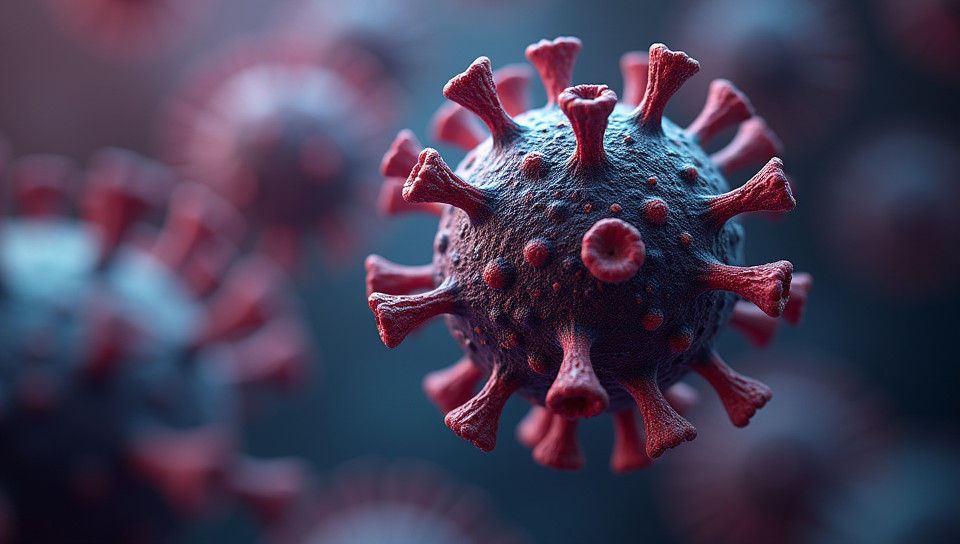Unintended mutations occur with CRISPR 50%

The Double-Edged Sword of CRISPR: Understanding Unintended Mutations
In recent years, CRISPR-Cas9 has revolutionized the field of genetics by providing an unprecedented level of precision in editing genes. This technology has opened up new avenues for treating genetic diseases and has sparked a wave of optimism among scientists and researchers. However, as with any powerful tool, CRISPR is not without its risks. One of the most significant concerns surrounding CRISPR is the occurrence of unintended mutations.
The Power of CRISPR
CRISPR-Cas9 works by using a guide RNA to locate a specific sequence of DNA and then cutting it at that point. This allows researchers to introduce precise changes to the genome, which can be used to treat genetic diseases or even enhance crop yields. However, this precision comes with its own set of challenges.
The Problem of Unintended Mutations
Unintended mutations occur when CRISPR-Cas9 accidentally cuts the DNA at a location other than the intended target site. This can lead to unpredictable changes in the genome, which may have unforeseen consequences for the organism. These mutations can range from minor changes that have little impact on the organism's health to more significant changes that can cause harm or even be fatal.
Causes of Unintended Mutations
There are several reasons why unintended mutations occur with CRISPR:
- Off-target effects: This occurs when the guide RNA is not specific enough, causing CRISPR-Cas9 to cut at multiple locations in the genome.
- On-target off-efficiency: Even if the guide RNA is highly specific, there may be instances where CRISPR-Cas9 fails to cut the DNA efficiently, leading to partial or incomplete editing.
- Mosaicism: This occurs when the cells of an organism are not uniform in their genetic makeup, leading to some cells having unintended mutations.
The Consequences of Unintended Mutations
The consequences of unintended mutations can be severe and far-reaching. In humans, these mutations can lead to inherited disorders or even cancer. In agricultural crops, unintended mutations can result in reduced yields, altered flavor profiles, or changes in nutrient content. The potential risks associated with CRISPR make it essential for researchers to carefully consider the potential consequences of their actions.
Conclusion
While CRISPR-Cas9 has revolutionized the field of genetics and holds immense promise for treating genetic diseases, it is not without its risks. Unintended mutations can occur with CRISPR, and these changes can have unforeseen consequences for the organism. As researchers continue to push the boundaries of what is possible with CRISPR, it is essential that we also take steps to mitigate these risks and ensure that this technology is used responsibly. By doing so, we can unlock the full potential of CRISPR while minimizing its unintended consequences.
- Created by: Rían Doherty
- Created at: Jan. 13, 2025, 11:57 a.m.
- ID: 17695









